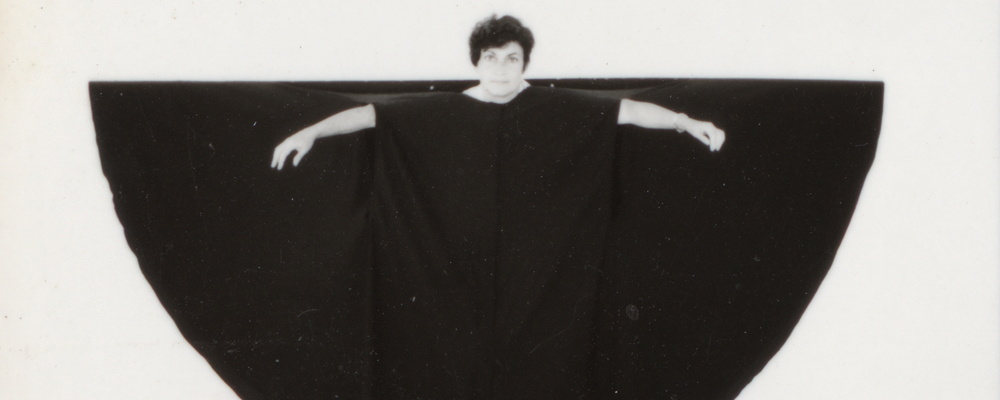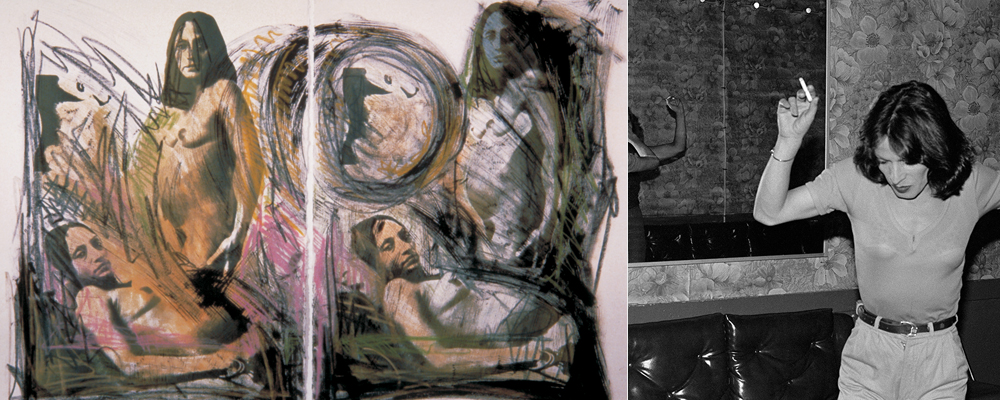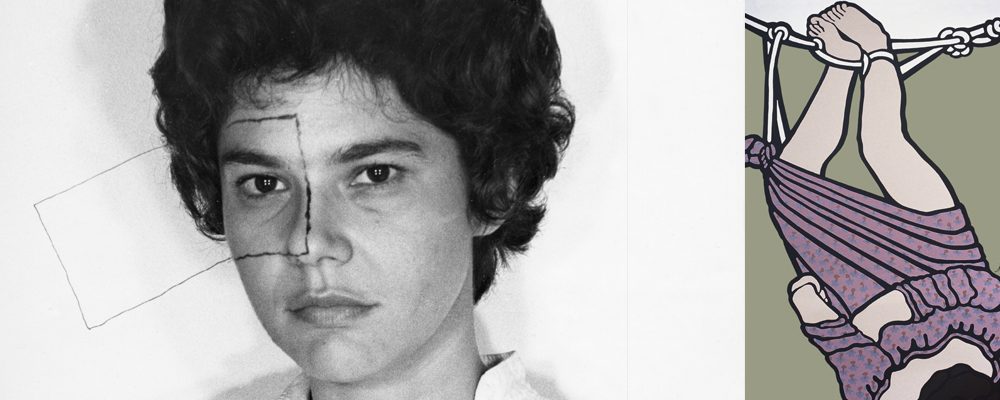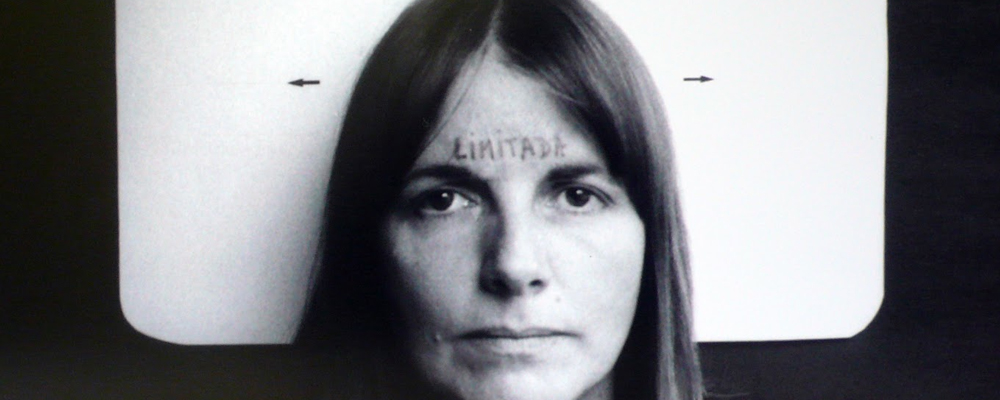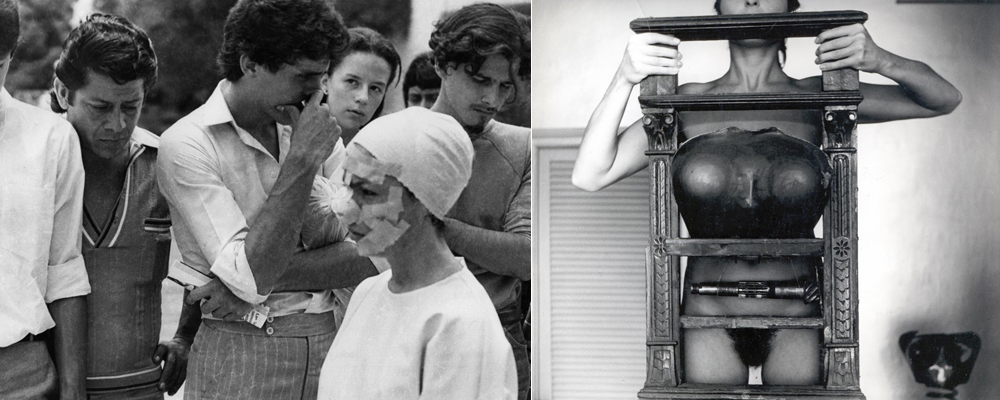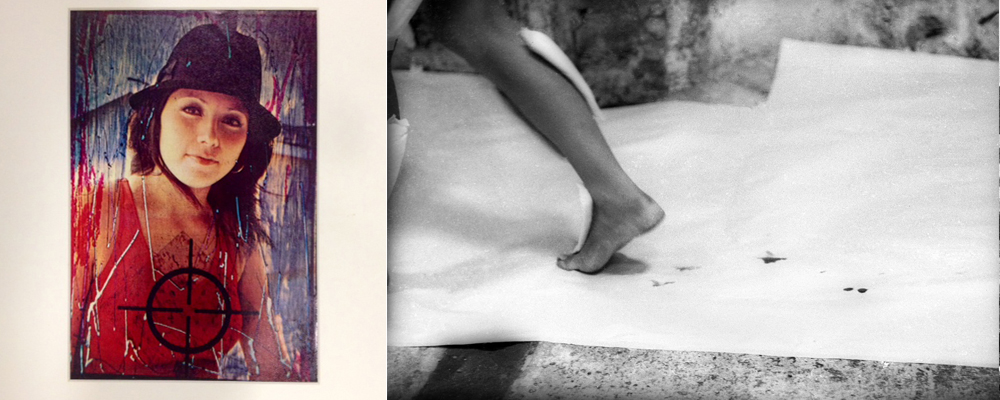Landmark Hammer Exhibit Brings Latina ‘Radical Women’ Into New Focus
Steve Silkin
The Hammer continues its stellar programming, constantly outperforming L.A.’s bigger and richer powerhouses by bringing lesser-known art-makers of diverse backgrounds to wider attention, with the impressive “Radical Women” exhibit, grouping 100 artists from 15 countries who made their marks in the transformational years of 1960-1985 and have stood the proverbial test of time.
It’s “the single most exciting and hope-inspiring historical group show of contemporary art I’ve seen in 10 years,” said New York Times critic Holland Cotter.
It’s yet another component of the sprawling “Pacific Standard Time: LA/LA,” but given Cotter’s rave, it could be the crown jewel of the series emphasizing the Latin America/Los Angeles connection.
Among those whose 260 works in all media are on display are such figures as Lygia Clark, first a member of the Brazilian Tropicalia movement who explored psychic interaction with her audience and holistic healing in her works; she was later co-founder of the Neo-Concrete movement, which emphasized subjective reaction to art. Another is Beatriz Gonzalez, a Columbian pop-artist in the style of Andy Warhol.
But the show also features lesser-known creators such as Cuban-born Zillia Sanchez – who added an element of eroticism to abstractionism – Colombian sculptor Feliza Bursztyn and Brazilian video artist Leticia Parent, all anonymous outside their home countries – until now. Hammer Museum director Ann Philbin explains the significance of the exhibit:
“Reflecting the various political and social turmoil of their times, including the many dictatorships that ruled Latin American countries in the 1960s, 1970s, and early 1980s, the artworks in “Radical Women” can be viewed as heroic acts that gave a voice to generations of women across Latin America and the United States.”
The themes of the show include the politicization of women’s bodies and the artists’ efforts to liberate themselves and their society’s political and social oppression. (Cotter of the Times notes that the show may not have enough painting for some audiences, and too much politics-of-the-body for others.) The research that went into the curation of the exhibit and the resulting catalog mark milestones in the history of Latin American art, political art of the 20th century and feminist art.
“Radical Women” also offers weekly walk-throughs of the works with experts, screenings that include works by experimental women filmmakers and a Dec. 20 lunchtime talk on Lygia Clark. Forty-five minute tours of selected works are scheduled every Saturday at 1 p.m.
After the Dec. 31 close, the show moves to the Brooklyn Museum of Art for spring and summer and then to Sao Paulo for late summer and early fall.
“Radical Women: Latin American Art, 1960-1985” is Sept. 15 – Dec. 31 at Hammer Museum. Free admission.


